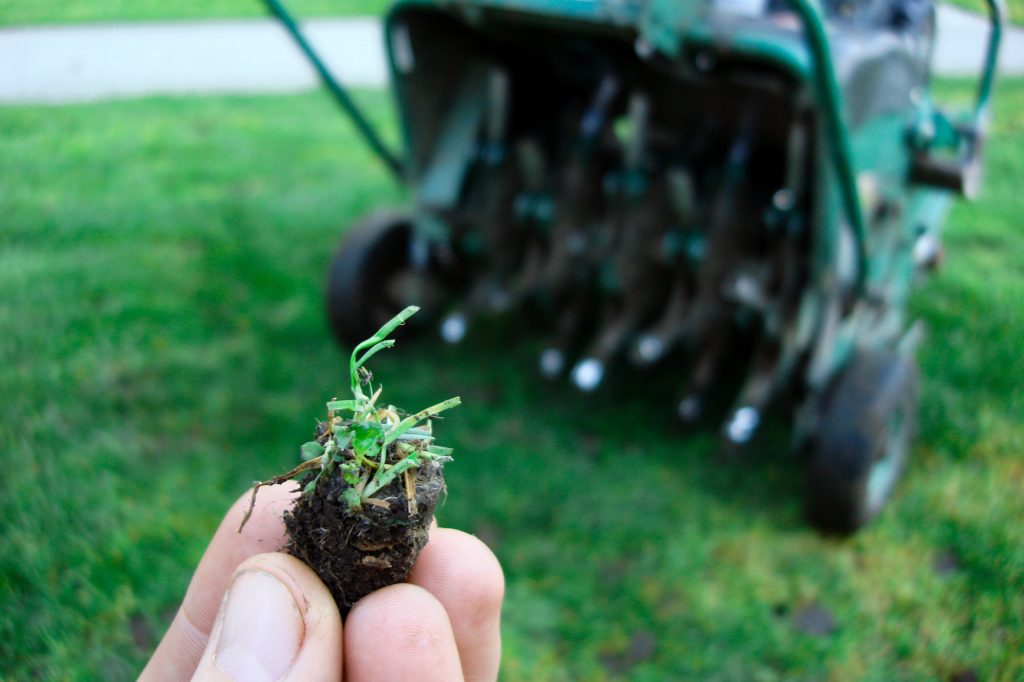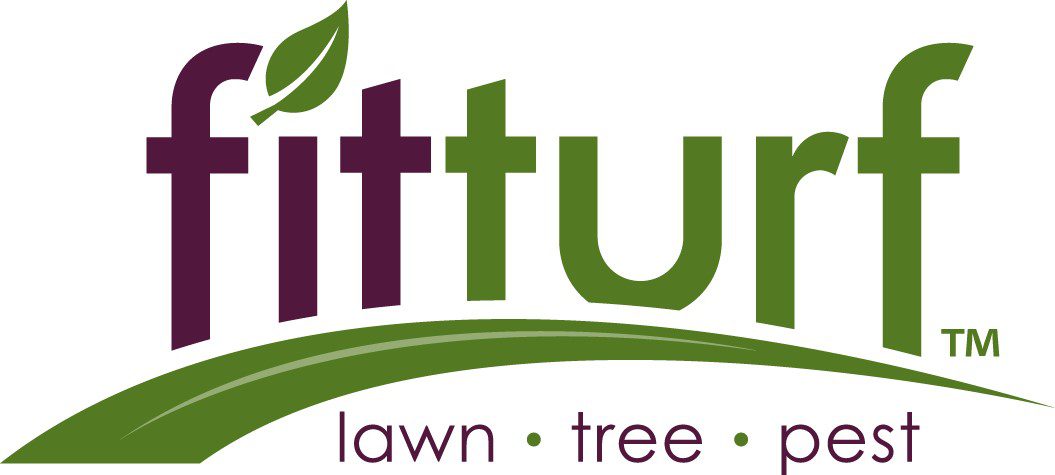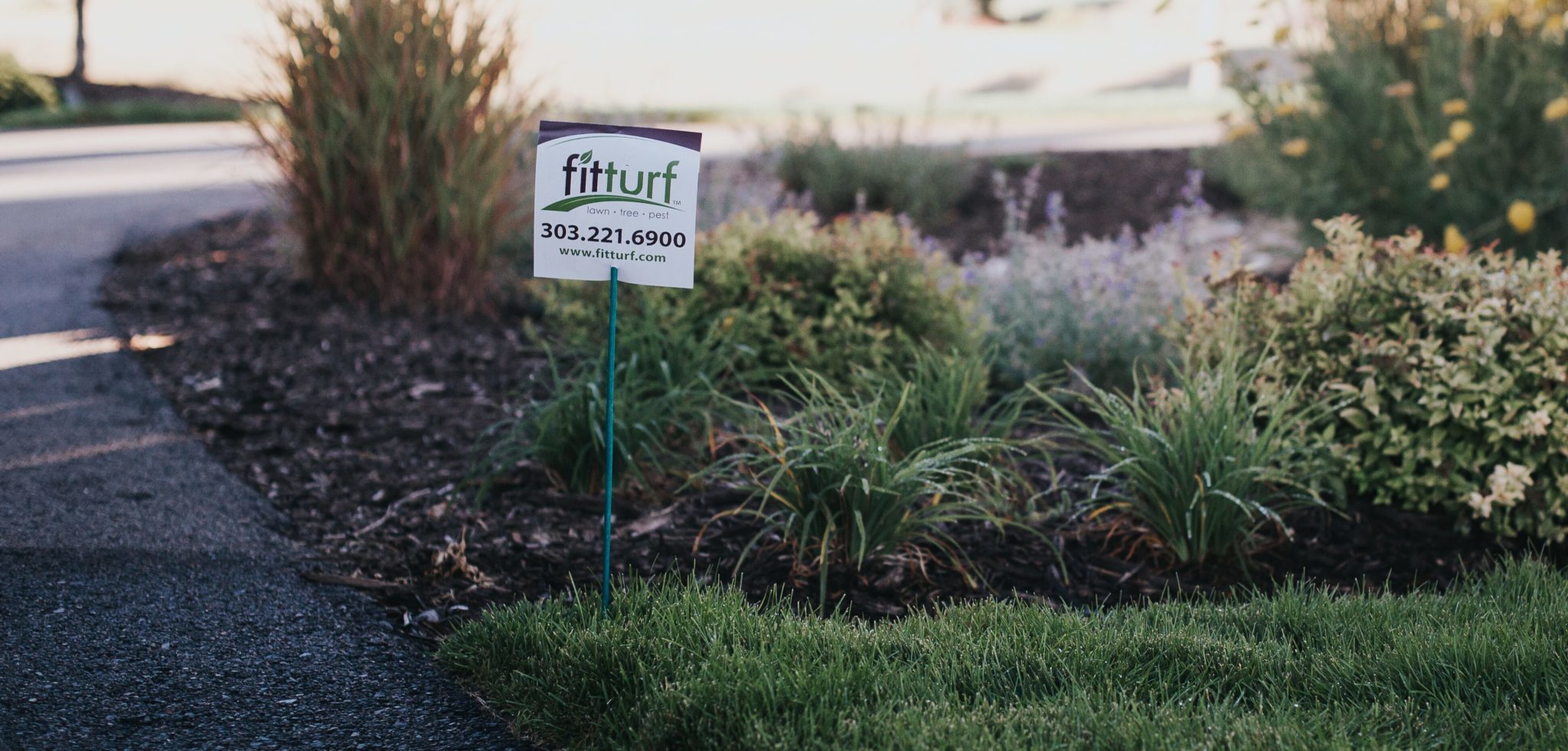5 tips for Your Spring Lawn Care This Year
As winter comes to an end, you might be wondering what you need to do to take care of your spring lawn care. The good news is there are plenty of helpful tips to keep your lawn lush and green in preparation for the hot summer weather. Check out these five tips to keep your lawn in its best shape.

Tip 1: Dethatch
You can end up with thatch when you don’t tend to your yard for an extended period, which generally happens every winter. Thatch is a layer of organic material typically made up of lawn clippings and dead grass. It can accumulate and get matted down into the ground. If it’s more than a half-inch thick, it should be removed.
The thatch stops the germination of new grass seeds while also encouraging fungus growth and pest infestation. It also stops your grassroots from getting the air, nutrients, and water they need to grow and makes them more vulnerable to disease. Thankfully, this isn’t a difficult problem to fix. You can dethatch your lawn using a lawn rake with stiff tines or a dethatching rake.
Tip 2: Aerate
Just as the surface of your grass can become matted, your soil can also become compacted. If it does, it becomes difficult for the soil to breathe. This can happen if there is a lot of heavy foot traffic in your yard. Compacted soil makes it challenging for air, water, and nutrients to get to your grass’s roots. If you have soil with a lot of clay, it is more likely to become compacted and need to be aerated.
To aerate your lawn, you put holes in your soil. This lets air, nutrients, and water get to the grass’s roots. There are a couple of different options for aerating, including spike aerators and plug aerators. A spike aerator will use solid tines to make holes in the ground. In comparison, a plug aerator will pull out a plug, or core, of the soil and grass. With plug aerators, you can leave the pulled core on top of the grass to give it more nutrients.
You can buy or rent an aerator or have a professional company come out and do it for you. Be aware of any lines or pipes for electricity, cable, water, etc., before you start, or you might end up with an unpleasant surprise.
Tip 3: Yard Cleanup
After the snow has all disappeared, it’s time to walk around your yard to clear away anything that has been left and shouldn’t be there. Take your pruning shears and rake, and look for plants that didn’t survive. Use your shears to clean up any damaged or dead branches from trees or bushes, and use your rake to remove leaves or twigs hanging out on the grass. Make sure you are only raking if your soil is dry. Otherwise, you risk pulling up healthy grass along with the sticks and leaves you are removing.
Tip 4: Soil Testing/Seeding
When you want grass to grow, one of the first things you need to think about is the state of your soil. Generally, most grass will grow the best in soil that is neither too acidic nor too alkaline. You can purchase a soil test through your local neighborhood garden store to determine your soil’s pH level.
The best pH level for grass growth is between 6.0 and 7.0. One indicator that your soil is too acidic is if you find moss on your lawn once winter has ended. However, you can fix your soil’s pH in various ways, such as applying lime with a fertilizer spreader if your soil is too acidic. Just make sure not to go too far the other way, because a lawn with too much alkaline in the soil won’t do well either.
Once you have gotten your soil to a proper pH level, it is time to put down some grass seed. Find any bare patches of ground and spread the seeds over them. You will need to be prepared to give your seeds plenty of water during the summer to make sure they thrive. You might even need to deal with some weeding, and you’ll likely need to seed again in the fall.
Tip 5: Weed Treatment
When spring turns the corner, it’s time for you to use pre-emergent and post-emergent herbicides. That is, assuming that you don’t overseed. If you overseed and apply a pre-emergent herbicide, they will cancel each other out because the herbicide stops new grass seeds from germinating.
If you don’t overseed, you can put pre-emergent herbicides on your lawn to prevent weeds from popping up in the future. If you see weeds on your lawn, you have a couple of options. You can pull them out by hand or use a post-emergent herbicide. Pulling them out by hand can take a lot of time and doesn’t always stop the weeds from coming back. However, using a post-emergent herbicide will take out weeds at the root, stopping them from popping up again.
Conclusion
If you want your lawn to be the best it can be, there are certain steps you will need to take. None of the steps are particularly difficult on their own, but they truly add up to making your lawn lush and green.
This spring, make sure to:
- dethatch your lawn if you notice a thick layer of organic material sitting on top of your soil.
- Aerate your lawn if your soil has become compacted to ensure that it receives enough air, water, and nutrients to help the grass grow.
- Clean up any leftover debris like sticks and leaves in your yard, along with pruning any plants, trees, or shrubs that died or were damaged during the winter.
- Make sure to test the pH of your soil to ensure it’s ready to support grass growth and sprinkle grass seed on any bare areas.
- Finally, if you didn’t overseed, use some pre-emergent herbicide to prevent weeds from taking over your yard. You can also use a post-emergent herbicide if there are already weeds on your lawn.
If you want more information on how to complete spring lawn care, contact us today.

